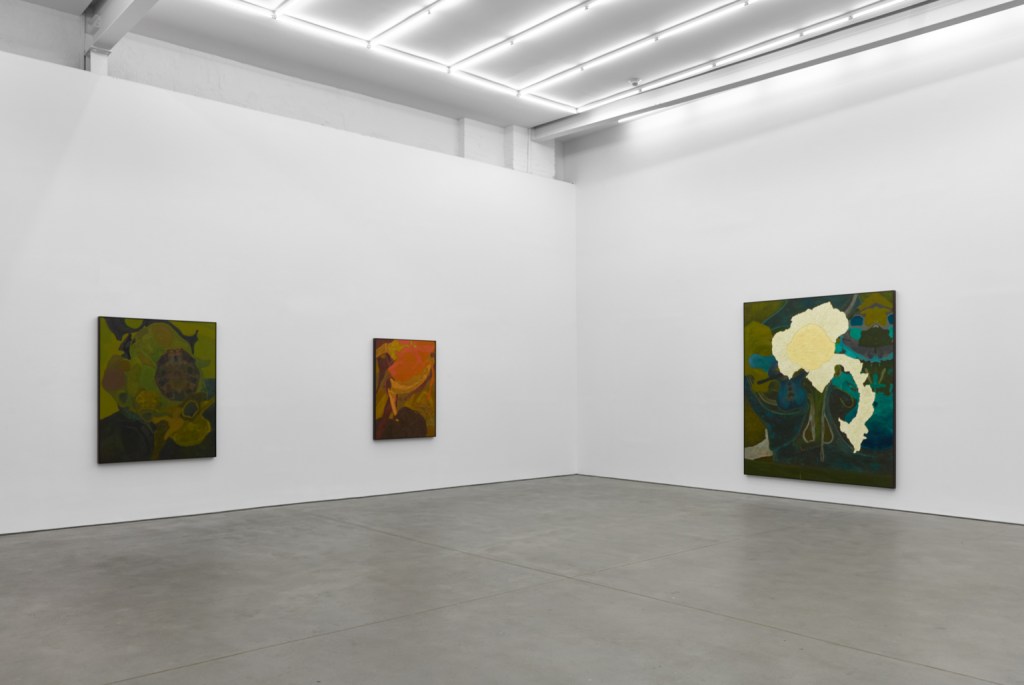
Contributed by Mary Jones / In “Prehistory,” Randy Wray’s dazzlingly encyclopedic show at Karma in the East Village, some 37 sequential drawings map a vast exploration of investigative study. They extend from MRIs of the artist’s brain to broadly related images suggesting pelvic bones, exoskeletons, amphibians, plants, archipelagos, and quantities of unearthed, unidentified fossils. Scale and representational rendering are purposely indeterminate, heightening the inclination to see all matter as connective. Finding the image of a human brain in the parade of biodiversity conjures the unnerving specter of extinction, our species being just one of many challenged to evolve and survive. Like a library, Wray’s array offers far more material than one can take in over the course of an afternoon. But it is worth trying.
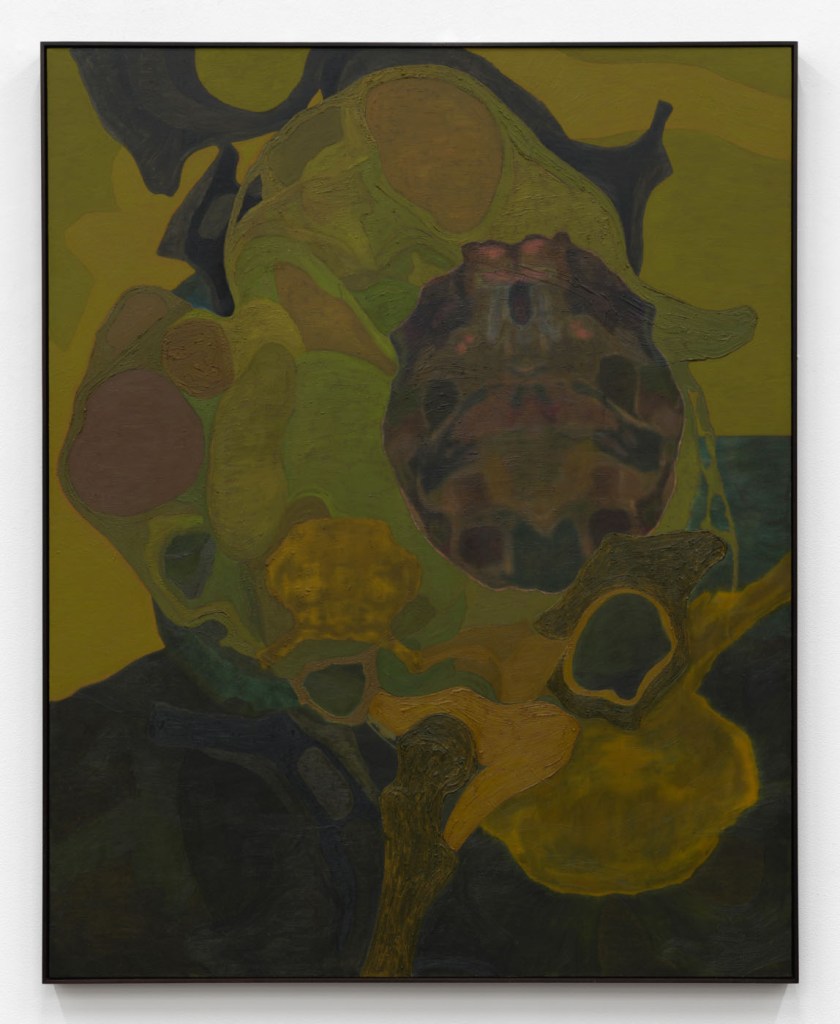
Completed in the notorious Covid year of 2020, his drawings are condensed volumes of interior worlds, encapsulating the experience of discovering subjects underfoot, underground, and under a microscope. They accumulate notational information, referencing nineteenth-century scientific studies and aspirations to unattainable objectivity. X-ray images and the theme of prehistory allude to phenomena that have emerged from darkness. The drawings are small, the size of a typical book page at 12 x 9 inches, composed in graphite, pencil, and mixed media on toned paper with a unified palette and shadowy values. The marks are expressive, with bold contrasts and clear outlines that chart both peripheral and interior spaces with a cartographer’s curiosity.
A favorite of mine is Prehistory 26, one of the few drawings in exclusively dry media – graphite, pastel, and colored pencil. Essentially abstraction, it presents a seaweed-like form branching spikily upward, like a burr plant of pencil marks, as a stem with white pods nestles in front. The grey-toned paper is nicely considered, hints of amber and blue coagulating among the marks. Prehistory 18 supplies a jolt of red. Brushstrokes of ochre gouache fill the background, parting to define the faint outline of a pelvis and thigh bone. The red matter on top is skeletal and crablike, with bleeding edges. Map, body, and nature are all contained within the image.
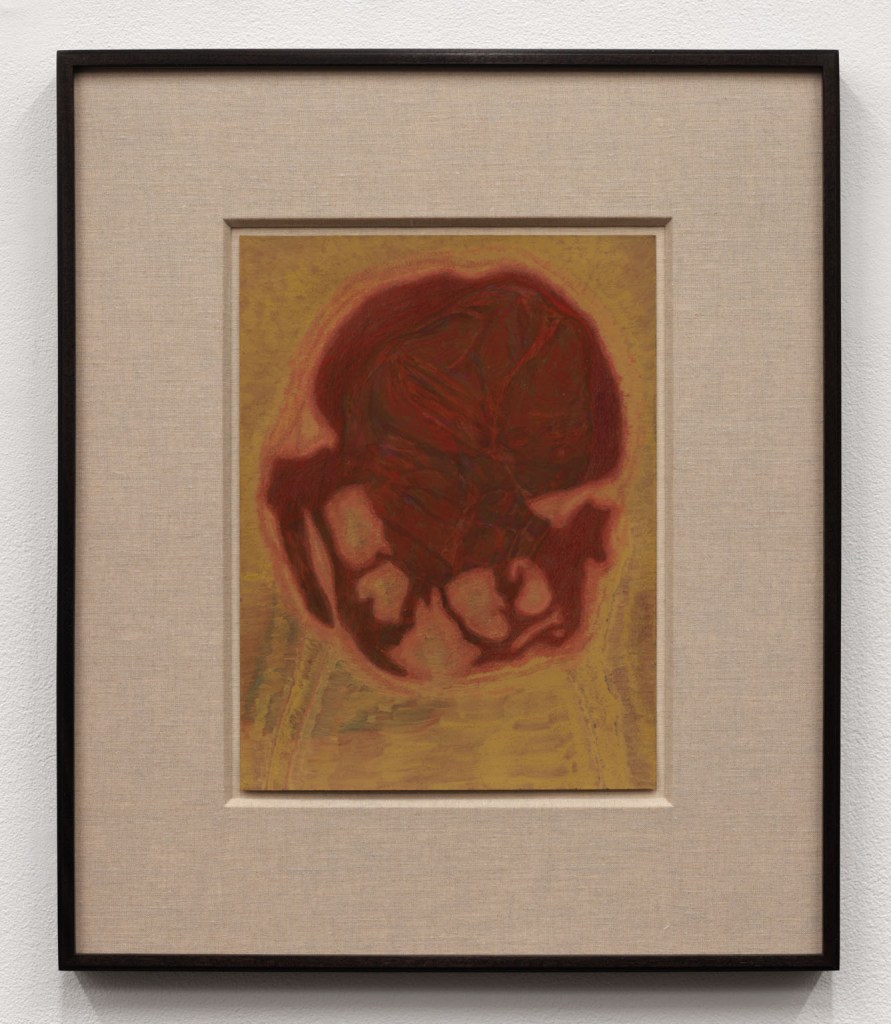
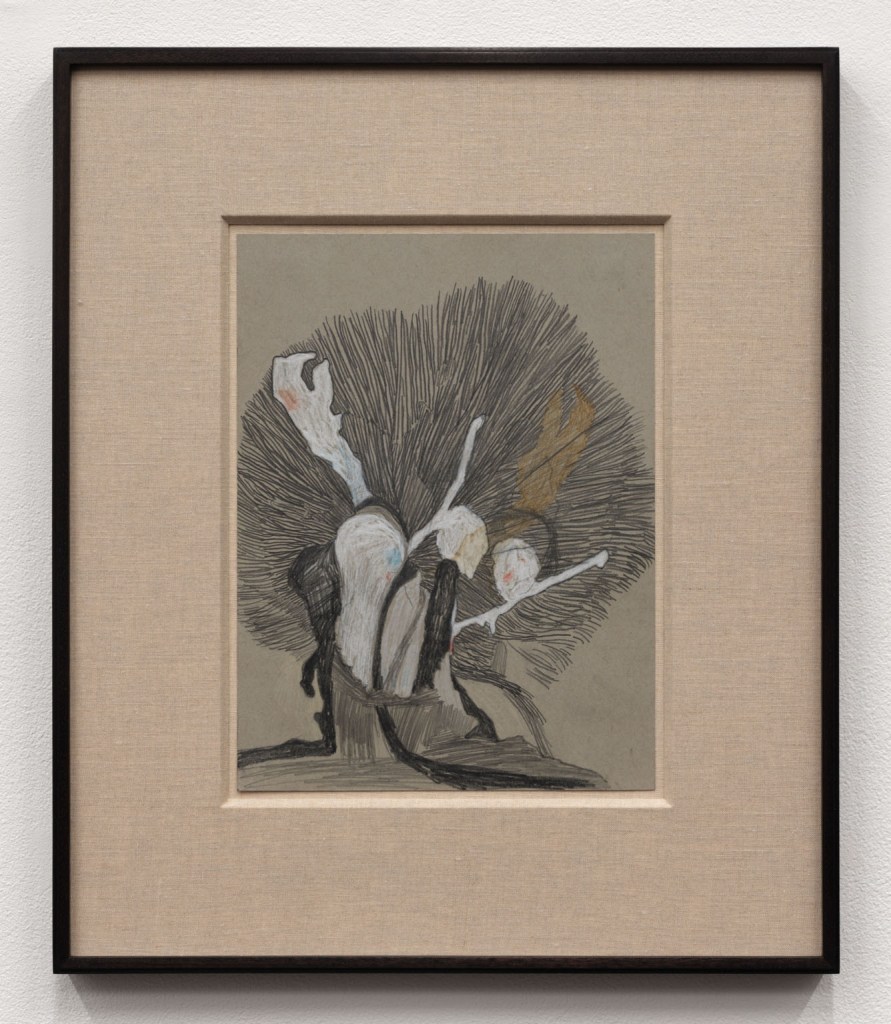
The second gallery provides an exhilarating release, from fossils to flowers. The nine large paintings, which took years to make, unleash a hothouse of botanical liveliness. Compositional shapes from the drawings are still recognizable as brain scans, pelvises, and archeological fragments, but they are embedded in lush color. While tantalizing contradictions between intrusive medical imaging and euphorically liberating color may confound the senses for a time, regeneration soon crystallizes. Glowing from nocturnal recesses are blooms, spores, lichen, and unknowable life forms, a mingling of fecundity inside and outside the body. Wray’s surfaces are luxuriant labyrinths of texture, sculpted appliqués of well-defined and overlaid organic forms. His process echoes growth – literal building, involving layers of paint and color – rather than the signification of form.

Herald stands out. The largest painting in the show at 90 x 78 inches, it is also the most exotic. Martin Johnson Heade’s paintings from Brazil come to mind. A huge, unfurling blossom of pale yellow reaches out untethered from a thicket of interlocking tendrils of moss green and chemical cobalt to acknowledge the viewer. It seems satiny, even frilly, like the petal of a flower. Floral and medical allusions intertwine. Wray thus tenders a beautiful consideration of our bodies as fragmentary landscapes as well as organisms that grow, mutate, and perceive.
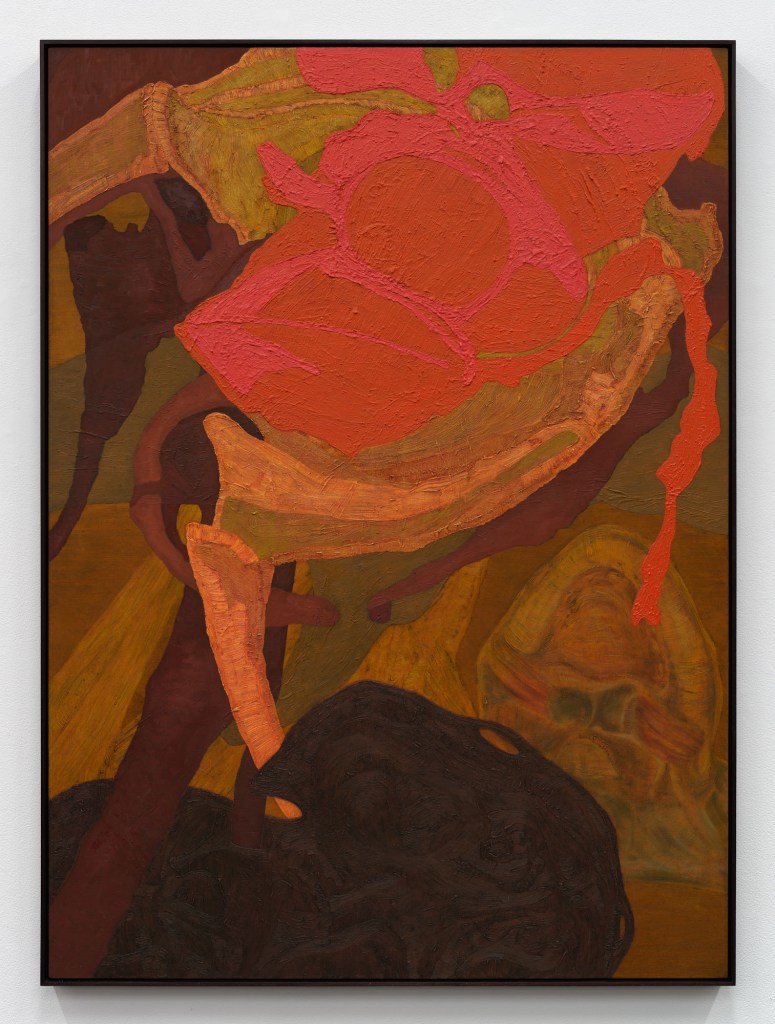
Pyrophoric Blossom looks to be on fire, as the title suggests. Yellow-orange outlines a tilted green pelvic shape arising from dark maroon ground. Overlaying it is a bony red, orange, and fuchsia shape that escapes recognition yet imparts harrowing beauty. Like Edward Weston and Georgia O’Keeffe, Wray uses magnification as a means of abstraction and generates an erotic charge. His work stands as an electrifying exploration of the connection between body and mind.

“Randy Wray: Prehistory,” Karma, 22 & 188 East 2nd Street, New York, NY. Through June 21, 2025.
About the author: Mary Jones is an artist in NYC.

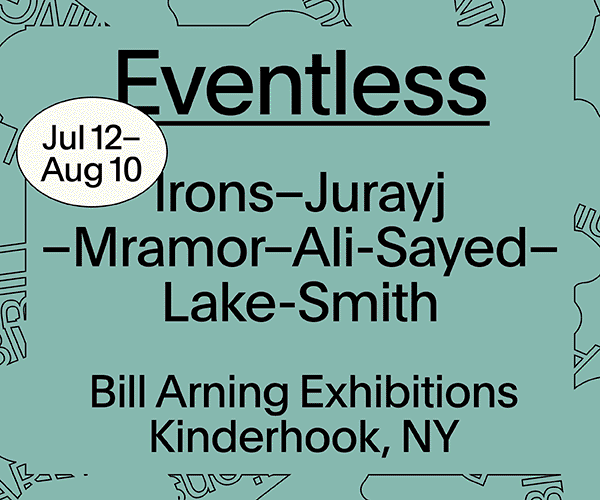
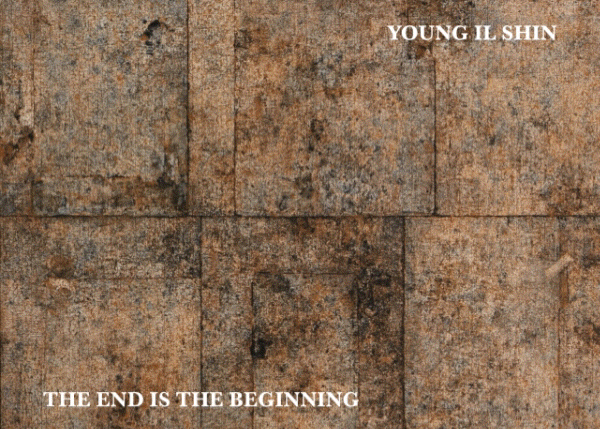
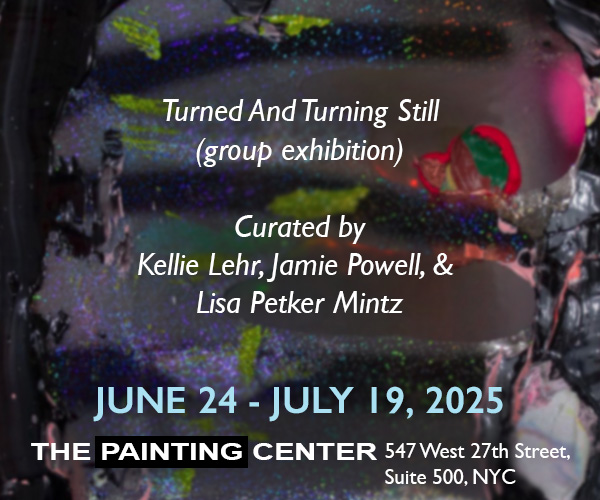
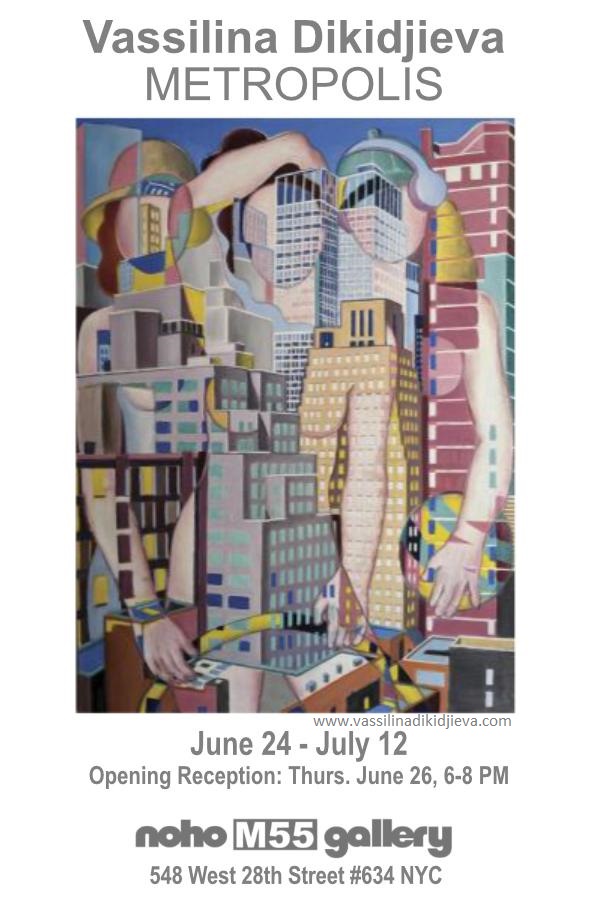
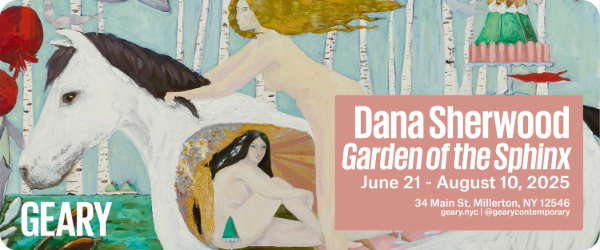










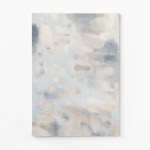
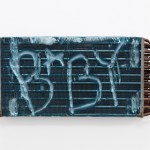
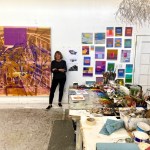
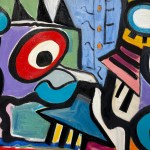
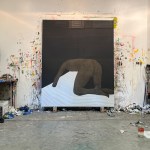
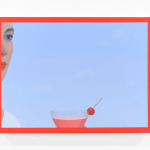
After reading this perceptive and kind of mind-blowing review, I can’t wait to see the show! Thank you!